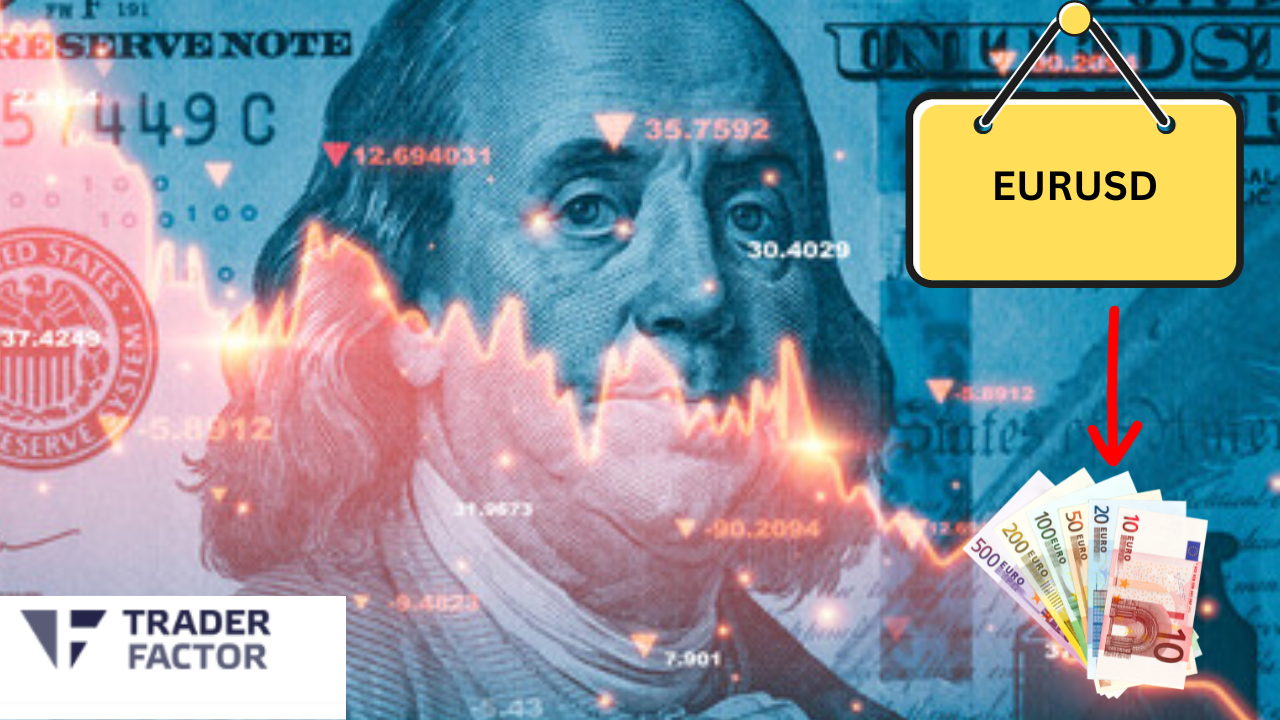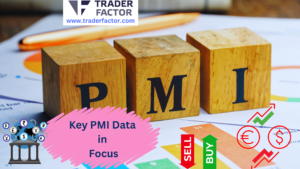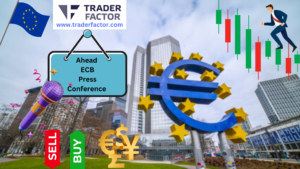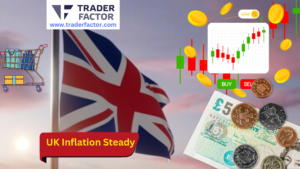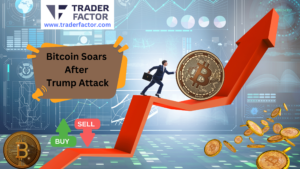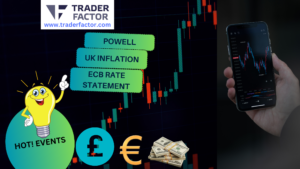Gold prices are having a hard time maintaining a position above the $2,000 mark ahead of the release of the US Consumer Confidence Index data. The robust stance of the US dollar against its competitors is making it challenging for XAU/USD (gold price in US dollars) to make significant gains.

Fluctuations and Influencing Factors
Initially, gold prices experienced a slight dip to the $1,990 mark but managed to rebound to a new daily high during the early stages of the European trading session. However, the precious metal still falls short of the psychological $2,000 threshold.
This is primarily due to expectations that the Federal Reserve (Fed) will keep the option open for an additional rate hike in 2023 to bring inflation back to its 2% target. This hawkish outlook bolsters US Treasury bond yields, reviving demand for the US dollar and potentially limiting the upward mobility of the non-yielding yellow metal.
Middle East Conflict and Market Sentiment
Israel’s more calculated approach towards its incursion into Gaza has alleviated concerns about a potential widespread crisis in the Middle East, negatively affecting the safe-haven appeal of gold. However, the risk of further escalation in the Israel-Hamas conflict persists, coupled with uncertainty over China’s economic recovery, which supports the XAU/USD by encouraging some dip-buying around the $1,990 area.
Looking Ahead
Investors are likely to remain cautious ahead of a two-day meeting of the Federal Open Market Committee (FOMC), commencing this Tuesday. The Fed is expected to hold interest rates steady in a range of 5.25%-5.50%, marking the highest level in 22 years. Consequently, investors will be keenly watching for hints about the future path of rate hikes, which will influence the USD and provide fresh momentum to gold prices. Meanwhile, Tuesday’s US macro data could offer some short-term trading impetus.
EUR/USD’s Bullish Momentum Stalls, Dips Below 1.0620
The EUR/USD currency pair experienced a halt in its bullish momentum, falling below the 1.0620 mark from its weekly peak above 1.0670. The cautious market ambiance assists the US Dollar in maintaining its standing, placing a cap on the pair’s upside as the market anticipates US Consumer Confidence data.
EUR/USD’s Resistance and Weekly Gains
The EUR/USD pair has been rising for three consecutive days, meeting resistance at 1.0693, the high for October. The pair expanded its weekly gains, reaching a high of 1.0674 during the mid-European session but pulled back before Wall Street began trading.
Euro’s Gain From Inflation Data
The Euro drew strength from positive inflation-related data. Preliminary estimates of the October Harmonized Index of Consumer Prices (HICP) revealed a 2.9% YoY increase, a drop from the previous 4.3% and lower than the expected 3.1%. The core annual reading came in at 4.2%, aligning with expectations and falling from 4.5% in August.
Euro Zone’s GDP Estimate
However, the preliminary estimate of the Q3 Gross Domestic Product (GDP) for the Euro Zone was less promising. The official report showed that the economy grew at a modest annualized rate of 0.1% in the three months leading up to September, slightly under the projected 0.2%.
Market Mood and US Dollar
The market sentiment remains optimistic, keeping the US Dollar under selling pressure. Investors are relieved by the absence of escalating conflict in the Middle East between Israel and Hamas and are ignoring lukewarm Chinese data. China’s October NBS Manufacturing PMI dropped to 49.5 from 50.2 in September, while the Non-Manufacturing PMI fell to 50.6 from 51.7.
US Employment Cost Index and Upcoming Data
In terms of data, the US unveiled the Q3 Employment Cost Index, which increased more than expected, rising 1.1% for the quarter. This development sparked worries as it indicated ongoing inflationary pressures in the labor sector. Global indexes are trading in the green, even though US futures pulled back with the headline.
Overview of Consumer Confidence Index for October
The Conference Board Consumer Confidence Index® showed a moderate decline in October, settling at 102.6 (1985=100), a dip from September’s upwardly revised figure of 104.3. The Present Situation Index, which reflects consumers’ evaluation of current business and labor market conditions, also fell to 143.1 (1985=100) from 146.2.
Expectations Index and Recession Fears
The Expectations Index, which gauges consumers’ short-term outlook for income, business, and labor market conditions, experienced a slight drop to 75.6 (1985=100) in October, following a decline to 76.4 in September. Notably, the Expectations Index remains below 80—a historical indicator of a recession within the forthcoming year. This has kept consumer apprehensions about an imminent recession high, aligning with the brief and mild economic downturn predicted for the first half of 2024.
Chief Economist’s Remarks on Consumer Confidence
“October 2023 saw consumer confidence take a hit for the third month in a row,” stated Dana Peterson, Chief Economist at The Conference Board. “The fall in October was due to decreases in both the Present Situation and Expectations Index. Responses written by consumers conveyed ongoing concerns about overall price increases, with particular emphasis on grocery and gasoline prices. There were also apprehensions expressed about the political landscape and rising interest rates. Anxiety about potential war or conflicts increased, reflecting recent unrest in the Middle East. A noticeable decline in consumer confidence was observed among householders aged 35 and above, and was not confined to any specific income group.”
Author
-

Phyllis Wangui is a Financial Analyst and News Editor with qualifications in accounting and economics. She has over 20 years of banking and accounting experience, during which she has gained extensive knowledge of the forex, stock news, stock market, forex analysis, cryptos and foreign exchange industries. Phyllis is an avid commentator on these topics and loves to share her insights with others through financial publications and social media platforms.
View all posts

